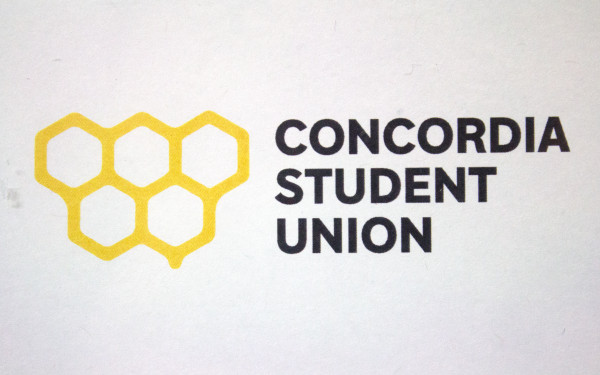Forcing the Hand of Council
The CSU Executive’s Childish Strategy to Get Its Way
On Feb. 13, following the resignation of the CSU president several days earlier, council met to appoint a new president.
The procedure to do so states that council must elect a president from one of the remaining vice-presidents who are willing to take the position. If none are willing, then council chooses a councillor to fill the vacancy.
The executive’s role at this meeting, then, should have been to tell council which of the remaining VPs was willing to fill the vacancy, and allow council to decide.
Contrary to the spirit of the bylaws, however, the executives attempted to take the decision into their own hands by giving council only one “willing” VP to choose from: current VP Internal & Services Nadine Atallah.
As the conversation progressed, it became clear that council did not want Atallah to become president. When it came to a vote, there were seven votes against Atallah, five abstentions and not a single vote in her favour.
Following a break to discuss how to proceed, the executives returned to the table only to restate their desire for Atallah to be appointed president, despite knowing that she had no support from council.
This time, they also produced a questionable legal opinion to support their view that council had no choice but to appoint the only willing VP. One executive, Hajar El Jahidi, went so far as to threaten her own council with legal action for what, in her eyes, was a breach of the union’s regulations.
Then, in a last-ditch attempt, the executives made an appeal to the harm it would do the union to go without a president for any period of time.
Council, however, was not willing to budge unless the executives provided more than one candidate, so the issue was sent to the judicial board for an interpretation on how to proceed if the only willing VP does not have the support of council.
The executive’s tactics could hardly be considered negotiating—they were more like an attempt to dictate a decision that actually lies in council’s hands.
While the threat of legal action proved to be empty, I would hope that the executive now understands that threatening people, especially when those people are your bosses, is never a good idea.
Proof that the executives’ presentation of only one “willing” VP was an attempt to manipulate council in order to guarantee their desired outcome came when, several days after failing to install Atallah as president, VP External Simon-Pierre Lauzon came forward, announcing he would indeed be willing to take over the presidency.
This is in direct contradiction to his own words at the council meeting, where he explained he would be unable and unwilling to fill the vacancy.
Now that the case is in the hands of the judicial board, the executives have chosen to wait until the JB’s final ruling (scheduled for March 6) before considering the possibility of presenting another one of their VPs to be appointed as president.
It is curious that the same executives who argued that it would do harm to the union to go on without a president have now chosen to allow the union to go without one for an additional three weeks as they hold out for a last chance to see if they might be able to bypass council’s decision-making powers.
In doing so, they have unambiguously shown that they would rather find a way to force the hand of council than to acknowledge the will of council—and what would be best for the union—and act accordingly.
Gonzo Nieto is a Concordia Student Union Arts & Science councillor and former VP Clubs and Student Space. This article represents his own views, not those of the Concordia Student Union.

(WEB)_731_1097_90.jpg)
_600_832_s.png)


